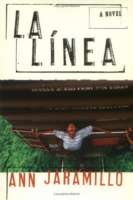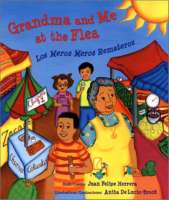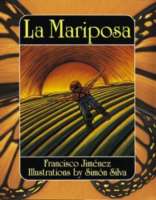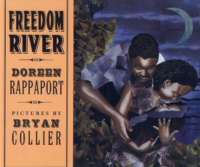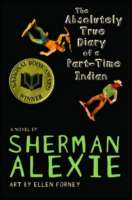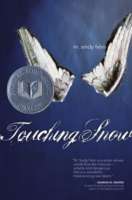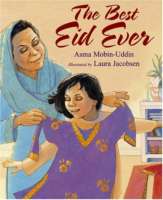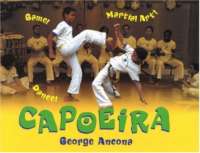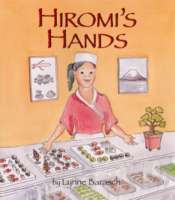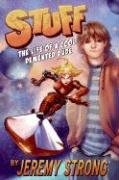
Stuff. My head’s full of it. I don’t even know where most of it comes from. I just seem to pick it up, like my brain emits a special sort of tractor beam that locks on to pointless information. But in the face of my problems, all the extra stuff is proving useless. What problems? you ask. I shall tell you. Problem 1: The invasion of my home. Dad’s new girlfriend moved in, and, even worse, she brought along her daughter, who has no sense of humor and no taste in music. Problem 2: My girlfriend, Delfine. Her brother would break both my arms if I broke up with her. Problem 3: The new girl at school. Stunning. Gorgeous. Willowy. My Destiny (but see Problem 2). Problem 4: My comic strip. At first it was cool to anonymously author the strip in the school paper, but now that everyone suspects who they are in the strip, I run the risk of getting my legs broken in addition to my arms (see above). Clearly, I need to plan The Great Escape! Part hilarious musings, part graphic novel, stuff is the quirky exposé of a fourteen-year-old boy who, let’s face it, could use a little help.
